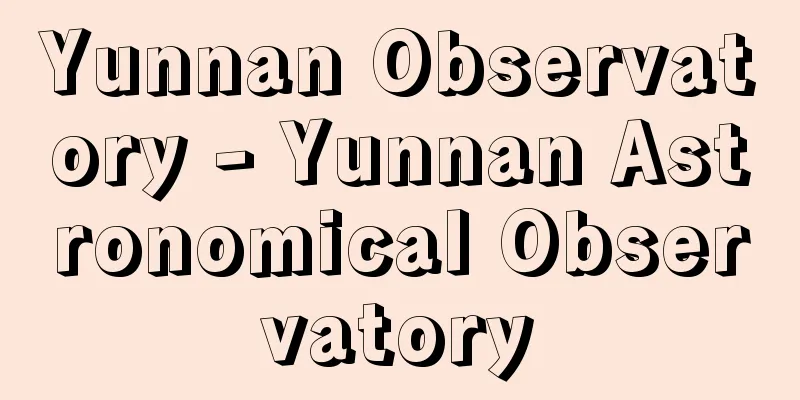Court Structure Act

|
Law No. 6 of 1890. The basic law that established the judicial system under the Constitution of the Empire of Japan. With the enactment of this law, Japan's judicial system was unified in a very clear way. It clearly stated that there were four types of courts: district and local courts, the Court of Appeals, and the Supreme Court, with a three-tiered court system. It was created based on a draft prepared by O. Rudolf (a German national) who was employed as a foreign employee. It was abolished with the enactment of the Courts Act in 1947. Source: Encyclopaedia Britannica Concise Encyclopedia About Encyclopaedia Britannica Concise Encyclopedia Information |
|
明治 23年法律6号。大日本帝国憲法下の司法機関を定めた基本法。本法制定により,日本の司法体制は,きわめて明確に一本化された。裁判所は,区,地方の各裁判所および控訴院,大審院の4種類,審級は三審制であることが明示されている。御雇外国人 O.ルードルフ (ドイツ人) の作成草案に基づき作られた。 1947年の裁判所法制定により廃止。
出典 ブリタニカ国際大百科事典 小項目事典ブリタニカ国際大百科事典 小項目事典について 情報 |
<<: Court clerk - saibansho shokikan
>>: Rules of Court - Saibansho Kisoku
Recommend
Suryasataka (English spelling)
…He is said to have been the father-in-law (or br...
Teisuke Akiyama
Newspaper owner and politician. Born in Okayama P...
Get a bargain
Index. A transliteration of the English word "...
Deviation from perpendicularity
Perpendicularity is the amount by which a plane or...
haltere; balancer
A club-shaped mobile body on the thorax of diptero...
Yusoku pattern - Yusoku pattern
A pattern used in court noble costumes, furnishing...
Campanula isophylla (English spelling) Campanula isophylla
… [Munemin Yanagi]. … *Some of the terminology th...
Kokiden - Kokiden
[1] One of the palace buildings in the Imperial Pa...
Oil wasp - Oil wasp
...There are methods to spray insecticides so tha...
Phlipponneau, M. PhlipponneauM
...To that extent, the applied branch of systemat...
Magnolia sieboldii - Magnolia sieboldii
A deciduous shrub of the Magnoliaceae family (APG...
Mandokoro - Mandokoro
〘 noun 〙① A place where government affairs are gen...
Bittacidae
...It is light brown in color, has a forewing len...
de Thou, N. (English spelling) deThouN
…French historian. The de Thou family was an old ...
《Über den Bau und die Entstehung der japanischen Inseln》 (English notation) UberdenBauunddieEntstehungderjapanischenInseln
…After that, he planned a geological survey of th...









